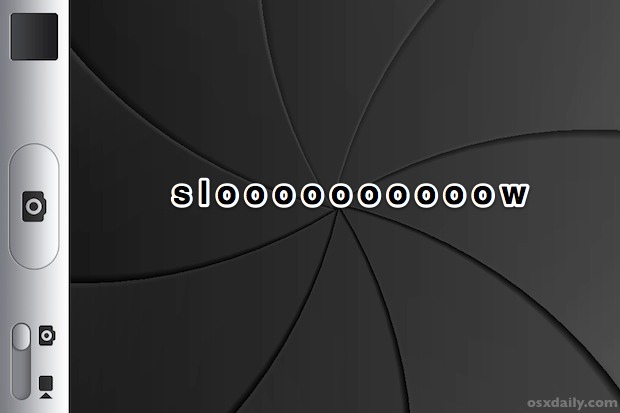Pre-Orders for iPhone 5 to Start Friday, September 14?

The iPhone 5 may be available for pre-order as soon as this Friday, September 14. This potentially exciting news comes from MacRumors, who notes that Apple is bumping up sales staffing to begin early Friday morning:
MacRumors is now hearing that pre-orders may not begin tomorrow following the media event and that they may instead start on Friday morning in a scenario similar to last year’s debut. We’re hearing that certain portions of Apple’s sales support team are significantly increasing their staffing levels beginning at 6:00 AM Eastern on Friday, with a major surge for the initial shift beginning at that time and a sustained level of high staffing for at least the remainder of the day.
As noted, such a timeline would be very similar to the launch and pre-order schedule of last years iPhone 4S model.
The iPhone 5 is largely expected to be released for retail purchases on September 21, as indicators from carriers Verizon and AT&T have suggested. Newly released iPhones typically sell out very fast and remain sold out for weeks if not months, making pre-orders a particularly attractive alternative to waiting in long lines or, perhaps worse, not getting your hands on the latest and great iPhone for quite some time as Apple’s supply chain catches up to heavy demand.
Speculation on releases and pre-orders will end soon enough however, as the unveiling of the next iPhone is set to happen in less than 24 hours. Stay tuned for more.

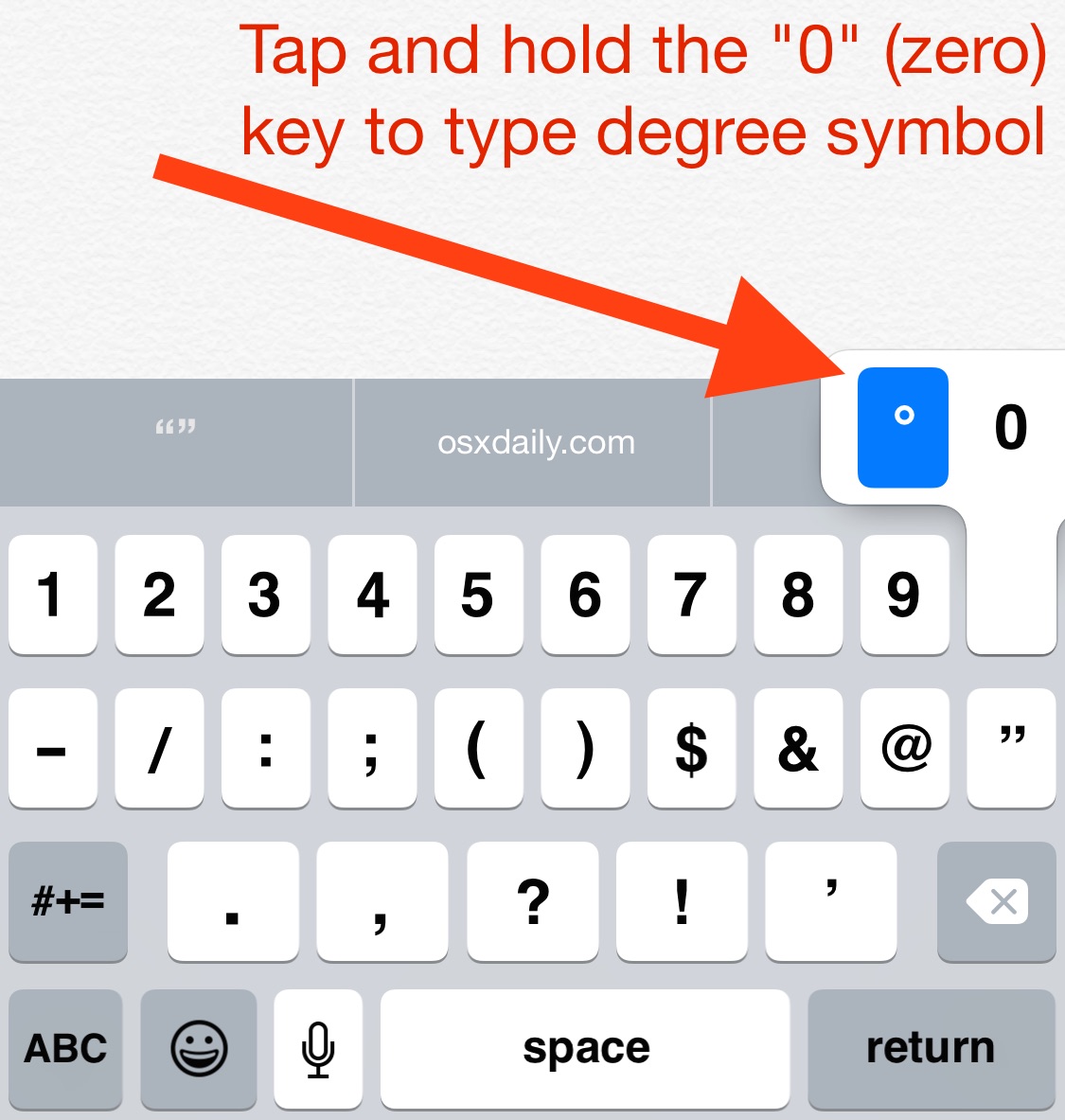
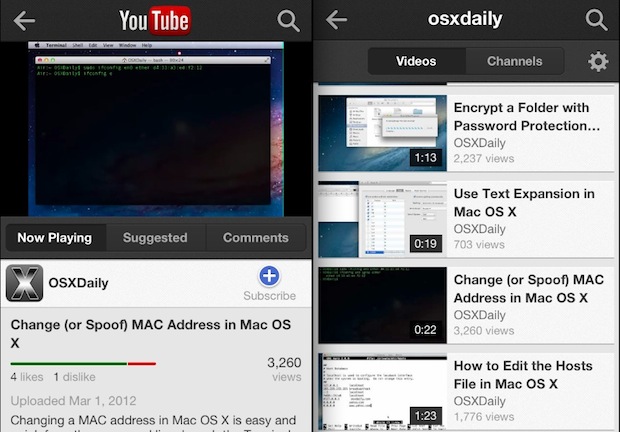
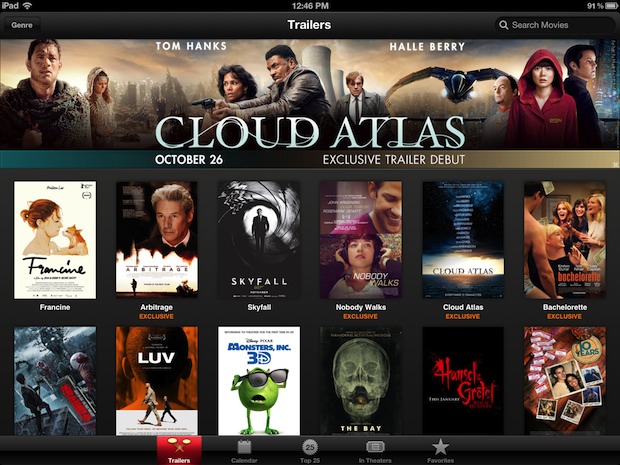
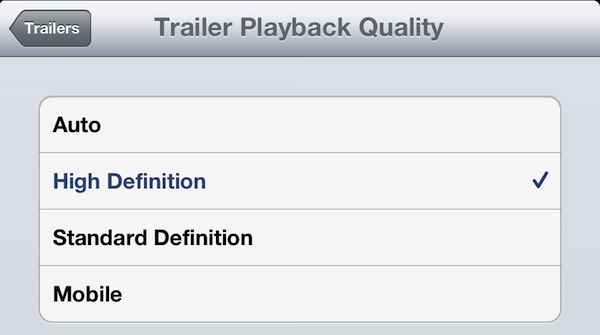
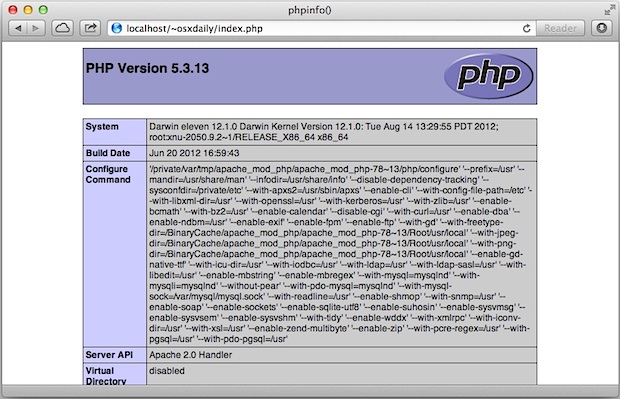

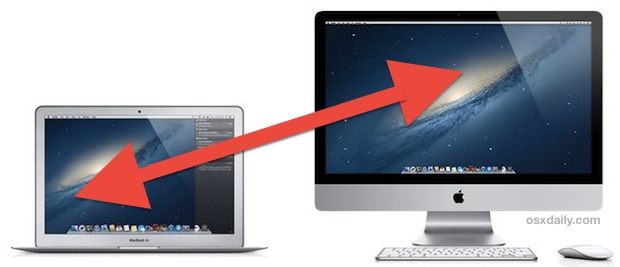
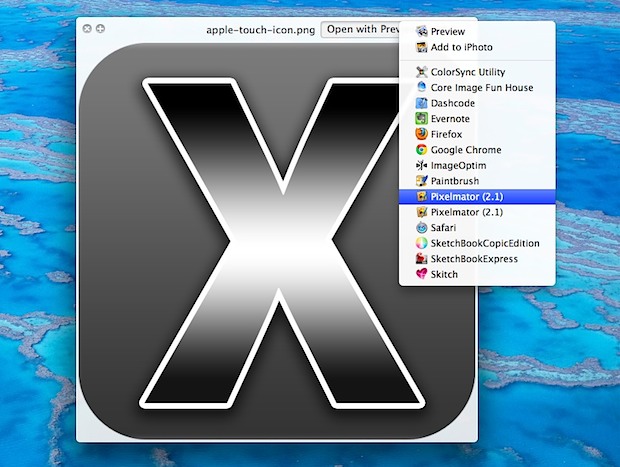

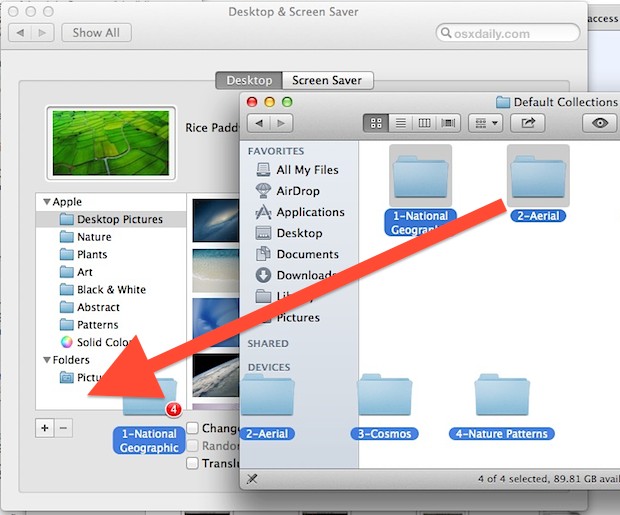

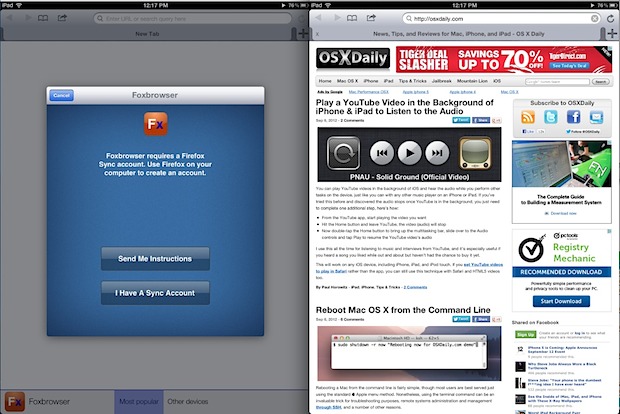


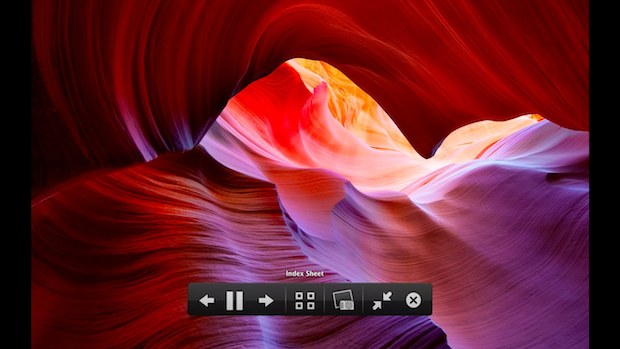

 Rebooting a Mac from the command line is fairly simple, though it should be pointed out that most Mac OS X users are best served just using the standard Apple menu method to issue a system restart.
Rebooting a Mac from the command line is fairly simple, though it should be pointed out that most Mac OS X users are best served just using the standard Apple menu method to issue a system restart. 